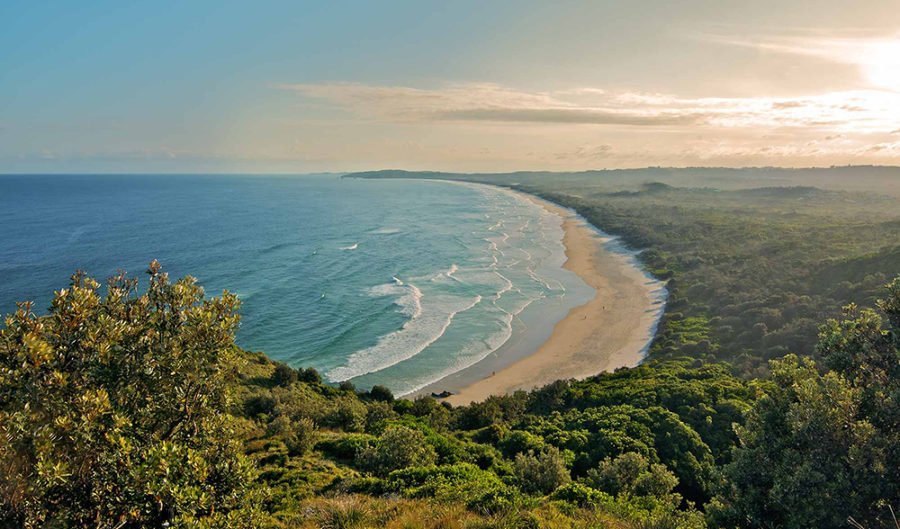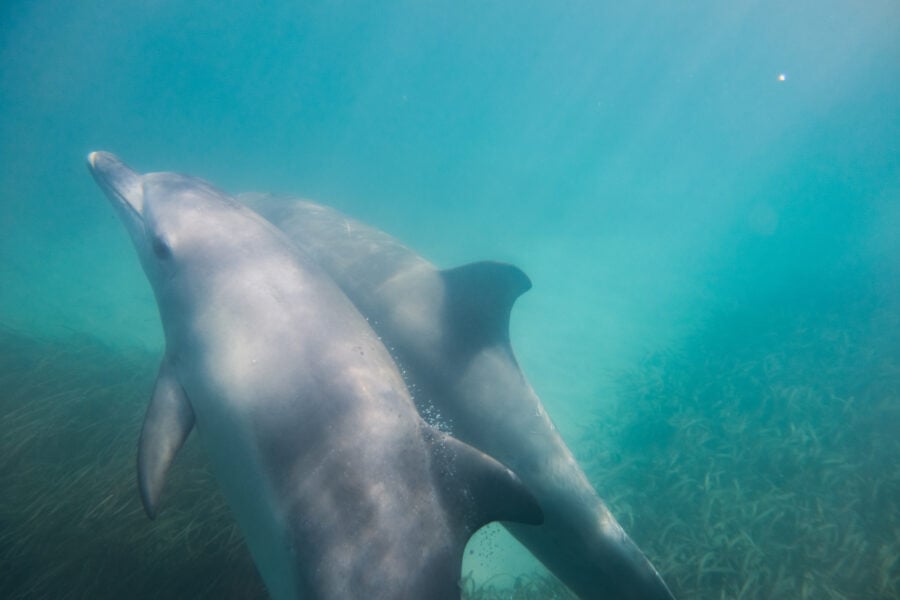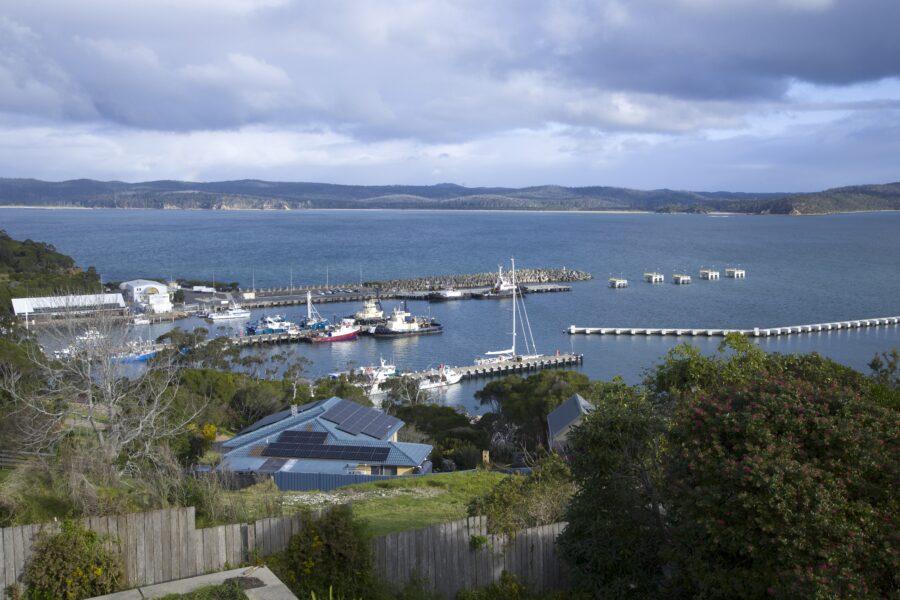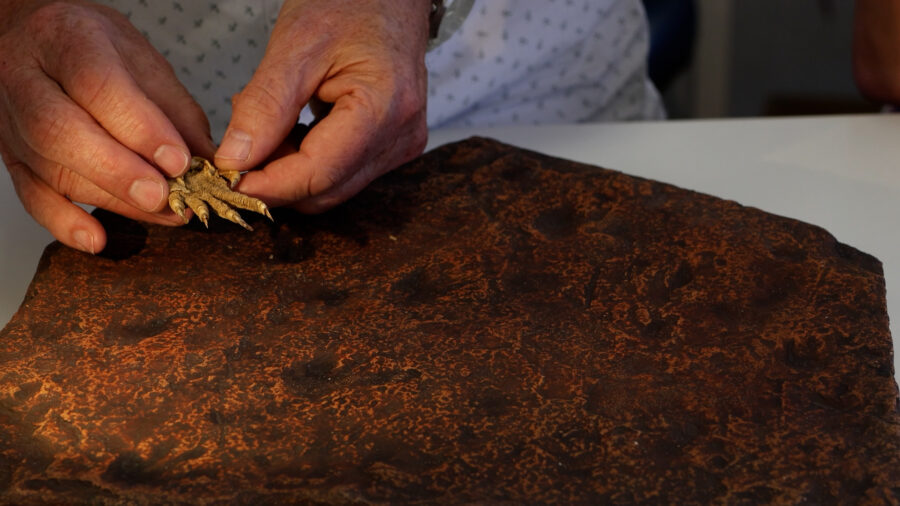‘Green List’ awards world’s top conservation sites

THIS WEEK, the IUCN (International Union for Conservation of Nature) – known for its Red List of Threatened Species – announced a new initiative dubbed the Green List of Protected Areas.
Launched at the World Parks Congress in Sydney, it will offer ratings for reserves and parks that are setting the bar in protected area management.
“The IUCN Green List will define success for protected areas,” said Julia Marton-Lefèvre, the IUCN’s Director General. “It is about recognising those sites that successfully respond to the challenges of the 21st century and contribute to the wellbeing of people and nature.”
It’s about “standing out amongst your peers,” said James Hardcastle, IUCN Green List manager. “But there is also a benefit there for tourism and commercial marketing.”
Green List pilot
Twenty-three sites have been selected from 50 candidates put forward as part of the one-year trial of the Green List scheme in Australia, South Korea, China, Italy, France, Spain, Kenya and Colombia.
The WWF is one organisation that has worked alongside the IUCN to help it devise the new ratings scheme. Spokesperson Khaild Pasha, who heads up the WWF Tigers Alive initiative, says they are supportive of the list. The big challenge will be getting a “real buy-in” and a strong commitment from countries containing important species, he says.
Montague Island Nature Reserve, off of the NSW South Coast, and Arakwal National Park/The Cape Byron State Conservation Area, in Byron Bay, NSW, are the two Aussie sites to have been listed so far. Montague has been recognised, in part, for a successful and ambitious management plan to eradicate vertebrate pests from the island, as well as sound management of its the 81ha reserve’s significant historic, cultural and natural values.

A whale breaching near recently ‘green listed’ Montague Island National Park.
Arakwal National Park
Arakwal has been recognised for engagement with the local community. The densely thicketed park and conservation area are home to the remnants of a once-huge lowland rainforest called the Big Scrub, of which less than one per cent remains.
Byron’s Arakwal-Bumberlin Aboriginal people were instrumental in establishing Arakwal National Park in 2001, negotiating the first Indigenous Land Use Agreement to include the creation of a national park. It is now co-managed by them and the NSW National Parks and Wildlife Service.
Early and careful consultation with the Aboriginal community was the key to the success of the the park’s management plan says Yvonne Stewart, Chair of the Arakwal National Park Management Committee.
In 2003, the IUCN recognised the cohesion of this joint management arrangement with an award at World Parks Congress in Durban, South Africa, and has done so again by green listing the area at this most recent Congress.
Smaller parks stand out says IUCN
Green List parks are rated on three criteria: recognising, protecting and managing values important for that area; equitable sharing of the costs and benefits of managing a reserve; and effective management – which means anything from numbers of park rangers and pay, to equipment and logistics.
It’s been a chance for some smaller protected areas to stand out, James told Australian Geographic. Some of the most spectacular protected areas are large and complex to manage, and are finding it more difficult to reach the same management standards, he says.
Small protected areas often have more of a desire to be innovative, James added. “They are sticking their hands up saying, ‘Yes, we want to be on the Green List’.”




